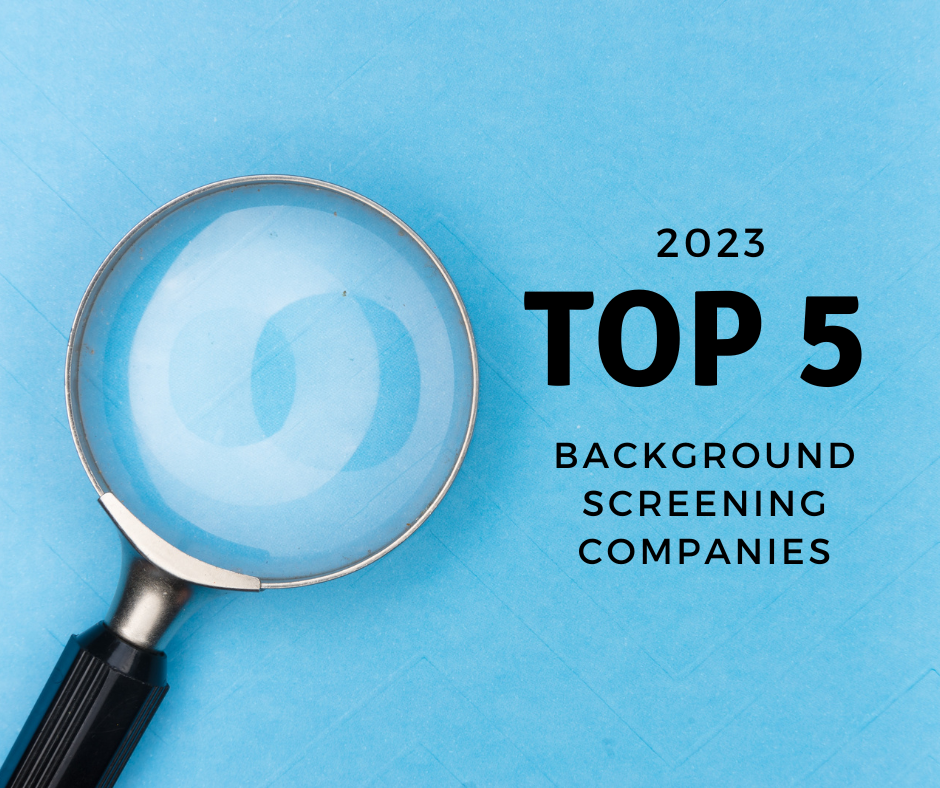The responsibility of building an inclusive and diverse company culture doesn't just fall on HR but largely on the company leaders. Leaders must recognize the significance of workplace diversity. If you want your company to thrive and succeed, it's essential to ensure that your teams are made up of individuals with heterogeneous viewpoints and perspectives.
To foster workplace diversity and inclusion, you should take the following steps:
Model the Behavior
The culture and behavior of a company start with the leader, so leaders need to model actions that demonstrate a commitment to diversity and inclusion in the workplace. You must be outspoken about your views on diversity and inclusion and refuse to tolerate discrimination.
You can demonstrate this in many ways, such as promoting inclusive language, recognizing and rewarding diversity, and encouraging open dialogue.
Seek Diverse Points of View
A great way for leaders to foster workplace diversity is to incorporate different perspectives in decision-making. You can intentionally seek out various viewpoints, such as individuals from diverse backgrounds or industries, and give them a spot at the decision-making table.
When you solicit opinions and perspectives from various individuals, it creates a more inclusive form of decision-making, increasing team engagement and allowing all team members to feel valued.
Close Gender and Racial Pay Gaps
Compensation policies that address and close gender and racial pay gaps can contribute to an inclusive workplace culture. Leaders can recognize that disparities in pay can be a barrier to inclusion. As such, you should evaluate compensation policies through an equity lens.
Fair compensation for all employees, regardless of background, fosters a sense of belonging and helps address systemic inequality. This contributes to improved staff retention rates and a stronger sense of organizational loyalty.
Second Chance Employment
Strong leadership can provide guidance and direction for company policies that encourage inclusion, such as fair chance hiring policies that give individuals a second chance at employment, regardless of criminal history.
By implementing such policies, organizations can ensure that a diverse pool of candidates is considered for a role, resulting in the recruitment of individuals with unique backgrounds and experiences. This improves your company's talent pool and shows a commitment to equity.
Identify Unconscious Bias
Leaders must identify and address unconscious biases within the company. Often, these biases can be embedded in company structures, processes, and procedures. Leaders should create channels for employees to voice their concerns about such biases and take action to address them. To combat unconscious bias, you must recognize that this is not an event but an ongoing process that requires commitment and continuous learning.
Leaders should also provide training and education programs on diversity and inclusion or form affinity groups where employees can connect with individuals of similar backgrounds. Promoting an inclusive work environment where everyone feels valued and respected will help reduce the impact of unconscious biases.
Encourage Employee Feedback and Engagement
Finally, to foster diversity and inclusion, you must encourage employee feedback and engagement. Leaders should create mechanisms for employees to provide feedback and suggestions on ways to improve the workplace culture. By fostering an environment of open communication and constructive feedback, leaders can build a stronger, more inclusive workplace community.
Leaders play a critical role in fostering diversity and inclusion in the workplace. A great way to achieve this is by incorporating different perspectives into decision-making, building diverse teams, and proactively acknowledging and celebrating the differences that employees bring to the table. This ultimately fosters a culture of openness and support and allows all individuals to feel safe, included, and empowered within their workspace.



